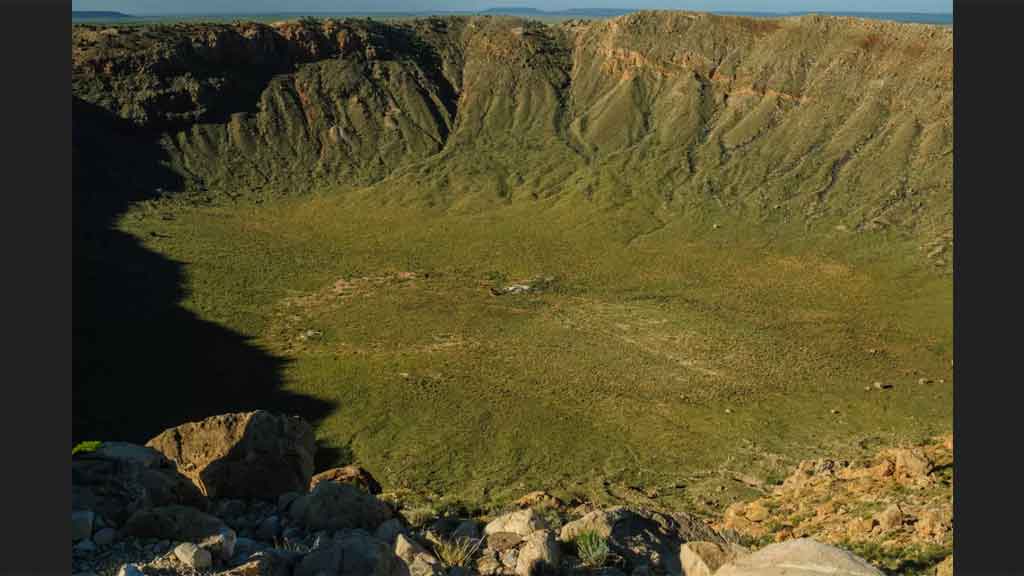
The discovery of a fossilized forest in southern Brazil, more than 260 million years old, offers new clues about how plant life resisted climate change before the age of the dinosaurs.

Astronomers are monitoring asteroid 2024 YR4 to learn details about its shape, origin, and three-dimensional representation, which today makes it one of the largest objects in recent history that could impact the Moon.

Life recovered quickly in the place where the asteroid that exterminated the dinosaurs about 66 million years ago fell in the Gulf of Mexico, highlights a study published in Nature Communications.

USA, Mar 29th.- The sweeteners influence the signs of appetite, causing it to eat more: this is what a study suggests, carried out by specialists from the University of Southern California and published in the journal Nature Metabolism.

A mysterious pyramid-shaped structure and numerous extraordinarily well-preserved artifacts dating back some 2,200 years, to the era of the Ptolemaic and Seleucid rulers, have been discovered in the Judean Desert near the Dead Sea. The excavation was a joint mission between the Israel Antiquities Authority (IAA) and the Ministry of Heritage Excavations.

Wild African elephants walk more than 50 kilometers every day and have a remarkable ability to optimize their energy consumption while moving, according to a two-decade study published today in the Journal of Animal Ecology.
Whales are not only large, they are also important to the health of the oceans. The whale poop carries tons of nutrients from deep water to the surface.

USA, March 23th. - The early years of human life are a period of rapid learning, but we typically can't recall specific experiences from that time, a phenomenon known as infantile amnesia.

There are no ice-covered territories in Cuba, excluding the occasional local frost phenomenon, an expert on the subject stated in this capital.

The private American aerospace company Firefly Aerospace and NASA released the first high-definition images of a sunset from the surface of the Moon on Tuesday. The footage was captured by the Blue Ghost lander on March 16, its last day on Earth's satellite.

A team of scientists found in the Spanish municipality of Atapuerca, in the province of Burgos, the fragment of the oldest human face found in Western Europe, as recorded this Wednesday in a study published in the journal Nature.

Tokyo, Mar 17th. - She is the oldest barber in the world: she is 108 years old, but the thin white-haired Japanese woman doesn't plan to retire any time soon.